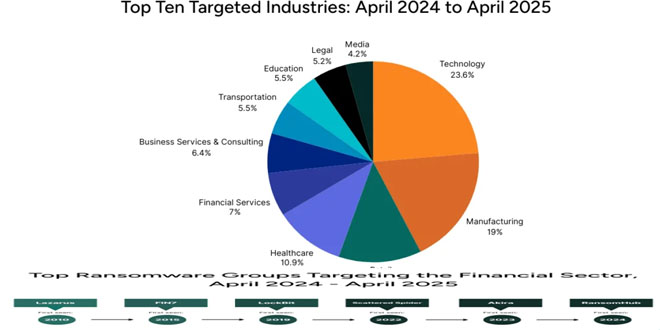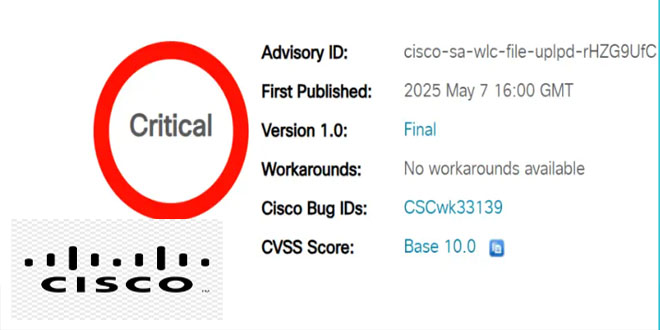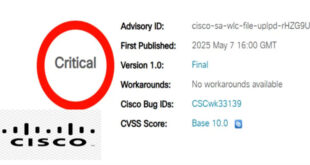SpyCloud reports that 53% of security leaders are extremely concerned about attacks that use malware to steal authentication data. Only less than 1% of leaders are not concerned at all.
Malware infection responses:
Many people still don’t have the tools to investigate the security and organizational impact of these infections and prevent future attacks. 98% of respondents say that having better visibility into at-risk applications would greatly improve their security.
ALSO READ:
GitHub introduces a beta preview of passkeys, making passwords unnecessary
The struggle for IT security teams:
Human behavior consistently hampers IT security teams, despite the increased visibility of stolen authentication details for SSO and cloud-based applications.
The most overlooked entry points for malware include:
57% of organizations let employees sync browser data between personal and work devices. This allows attackers to steal employee credentials and other important information using infected personal devices without being noticed.
54% of companies have a problem with shadow IT because employees are using applications and systems without permission. This creates gaps in visibility, security controls, and corporate policies.
36% of organizations allow personal or shared devices without strong security measures to access business applications and systems. This puts sensitive data and resources at risk and makes it harder for security teams to monitor and fix any issues.
Seemingly innocuous actions like these can inadvertently expose organizations to malware and follow-on attacks including ransomware stemming from the stolen access details. According to the research, every infection exposes access to an average of 26 business applications.
“Digital transformation and hybrid work models create an ideal environment for criminals to exploit hidden security gaps,” said Trevor Hilligoss, Director of Security Research at SpyCloud.
Criminals are taking advantage of these vulnerabilities by using neglected online behaviors and deploying infostealers built to quickly extract not only passwords, but also other access information. Authentication cookies are valuable assets for perpetrating session hijacking.
Critical protection gap
Researchers found that 20% of the recaptured malware logs in the first half of 2023 had an antivirus program installed when the malware successfully executed. These solutions didn’t prevent the attack and also couldn’t automatically protect against any stolen data that could be used later.
There is a need for security teams to use a stronger approach to stop criminals from using stolen data to harm businesses.
Key to this framework is augmenting existing malware infection response with steps to reset exposed credentials and invalidate active sessions compromised by infostealers.
 InfoSecBulletin Cybersecurity for mankind
InfoSecBulletin Cybersecurity for mankind















